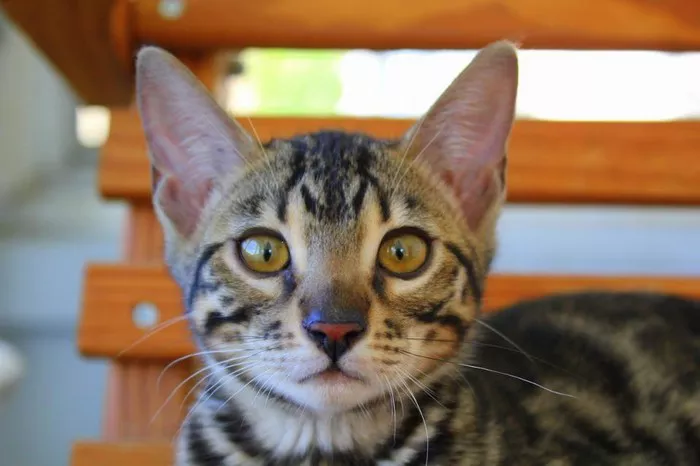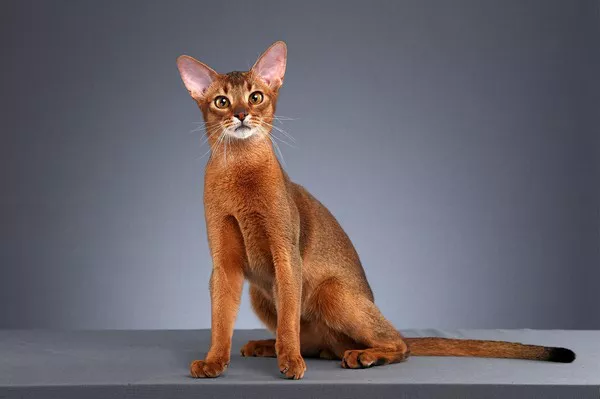Bengal cats are a captivating breed, known for their stunning appearance and energetic nature. However, misconceptions about their temperament often lead to questions like, “Are Bengal cats aggressive?” In this article, we will delve into the world of Bengal cat behavior, exploring the factors that contribute to their temperament and addressing the common perception of aggression. By gaining a comprehensive understanding of Bengal cats’ characteristics, we can debunk myths and provide insights into their true nature.
The Bengal Cat’s Unique Personality
1. Energetic and Playful Nature
Bengal cats are renowned for their high energy levels and playful behavior. These felines are often likened to having the spirit of a wildcat, thanks to their active nature. Their boundless curiosity drives them to explore their environment, engage in interactive play, and exhibit agile movements that reflect their wild ancestry.
2. Intelligent and Inquisitive
Intelligence is a hallmark of Bengal cats. Their sharp minds and inquisitive nature make them adept at solving puzzles and mastering new tricks. Engaging their intellect through puzzle toys and interactive activities can help satisfy their mental stimulation needs.
Understanding the Wild Ancestry
1. Influences from the Asian Leopard Cat
Bengal cats have a fascinating lineage that traces back to the Asian leopard cat. This ancestry contributes to their striking coat patterns and certain behaviors reminiscent of their wild relatives. While their wild lineage may manifest in behaviors like climbing and stalking, responsible breeding practices have focused on developing a domesticated temperament.
2. Domestication and Temperament
Through generations of selective breeding and socialization, Bengal cats have undergone a process of domestication. While their wild ancestry may influence certain traits, it is essential to recognize that responsible breeding and positive interactions with humans play a significant role in shaping their overall temperament.
Factors Influencing Behavior
1. Early Socialization
Early socialization is a key factor in determining a Bengal cat’s behavior. Kittens that are exposed to a variety of experiences, people, and environments during their formative weeks are more likely to develop well-adjusted and confident personalities.
2. Environmental Enrichment
Providing ample environmental enrichment is crucial for Bengal cats. Engaging toys, scratching posts, and climbing structures can help channel their energy and prevent boredom-related behaviors that may be misinterpreted as aggression.
Signs of Behavior, Not Aggression
1. Playful Behavior
Bengal cats may engage in play that appears aggressive, but is actually playful in nature. Pouncing, chasing, and mock wrestling are normal ways for them to expend energy and engage in interactive playtime.
2. Vocalizations
Bengal cats are known for their vocalizations, which can include chirping and chattering. While these sounds may sound aggressive, they are often expressions of excitement or communication, rather than actual aggression.
Promoting Positive Behavior
1. Training and Socialization
Training and positive reinforcement can play a crucial role in promoting desired behavior in Bengal cats. Teaching commands and tricks through reward-based training can help establish a strong bond between the cat and its owner.
2. Professional Guidance
If behavioral concerns persist, seeking guidance from a veterinarian or animal behaviorist is recommended. These professionals can provide personalized advice and strategies to address specific behavior challenges.
See Also: Are Bengal Cats Vicious? Unveiling Their True Nature
Conclusion
In conclusion, the perception of Bengal cats as aggressive is a misconception that requires clarification. While their energetic and inquisitive nature may lead to playful behaviors that could be mistaken for aggression, responsible breeding and socialization play pivotal roles in shaping their temperament. Bengal cats are intelligent, affectionate, and energetic companions that can thrive in loving environments. By providing appropriate mental and physical stimulation, early socialization, and positive reinforcement training, Bengal cat owners can foster a harmonious and fulfilling relationship with their feline companions. Understanding and appreciating their unique characteristics will lead to a deeper bond and a more accurate representation of their true nature.






















